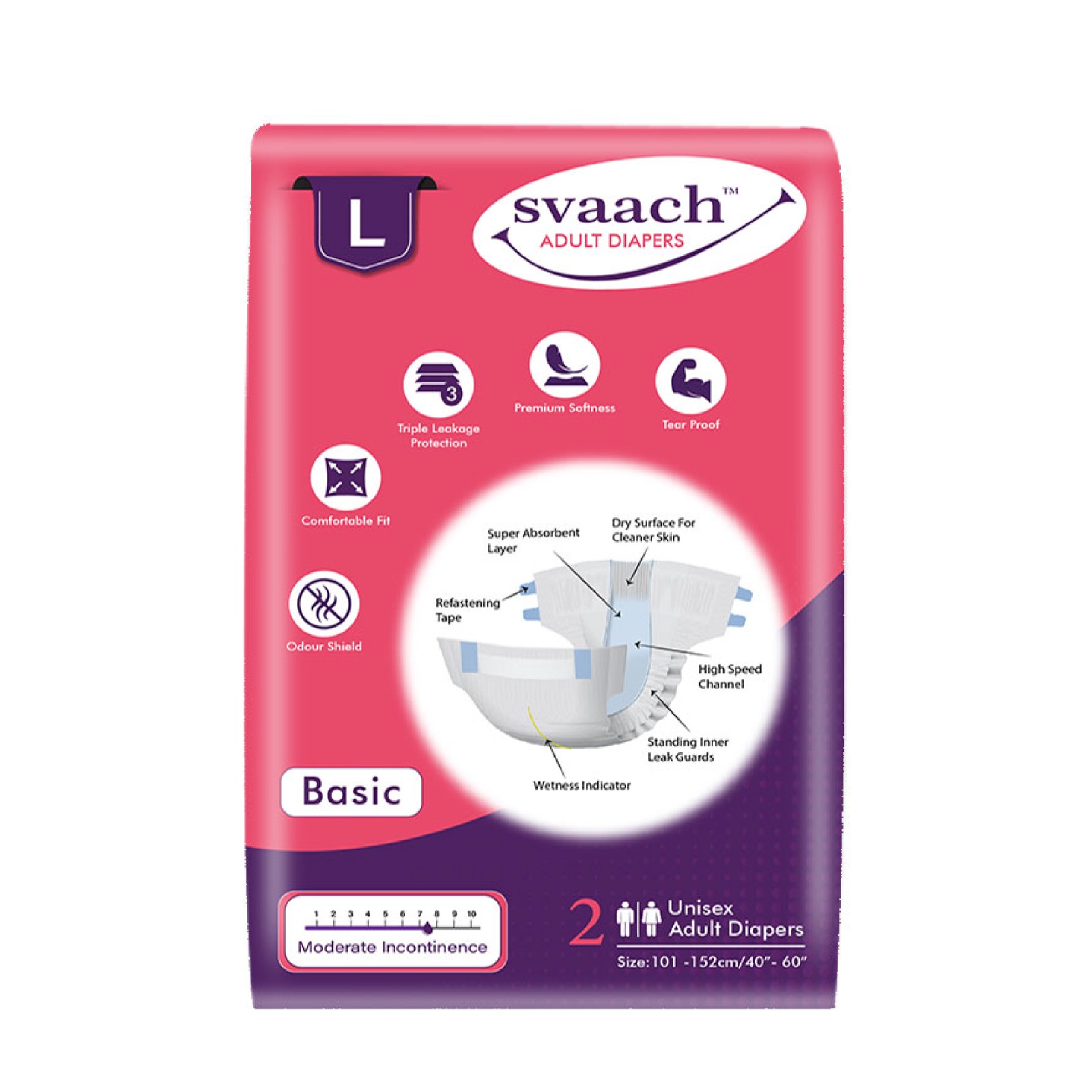Millions of people around the world suffer from Vertigo. Vertigo arises out of a disbalance in the inner ear nerves, resulting in dizziness, a spinning sensation, loss of balance, headache & nausea.
There are multiple causes for Vertigo; inner ear infections or ear diseases such as Benign Paroxysmal Positional Vertigo (BPPV), vestibular neuritis & Meniere’s disease. Due to the nature of the disorder, adequate treatment of a patient requires an accurate diagnosis of the exact underlying cause of the Vertigo symptoms. For the treatment to ultimately be effective, the diagnosis has to be accurate, in-depth & authoritative.
It’s a curious fact that most of the symptoms of Vertigo; dizziness, nausea, headache, loss of balance; can & do overlap, making it difficult for doctors to group the patients in a specific category.
For this reason, many of the common tests used commonly in clinical practice today are unable to determine the exact cause of the patient’s Vertigo symptoms. These tests can’t directly diagnose Acute Vestibular Syndrome (AVS), Meniere’s disease, Vestibular Migraine, & many other central nervous system problems.
In the absence of any single diagnostic test, medical practitioners often rely on the patient’s recent medical history, immediate symptoms & other lifestyle habits to form an eventual differential diagnosis.
Vertigo is generally associated with the peripheral Vestibular system, typically a weakness or malfunction of the semicircular canals (SCCs) in the inner ear. The malfunction occurs in the otolith organs (saccule & utricle), which are responsible for upright balance & position.
The saccule primarily detects vertical acceleration while the utricle is responsible for detecting horizontal acceleration while standing &/or walking upright. Any dysfunction in this otolithic apparatus leads to dizziness & loss of balance.
The Vertigo test that can very accurately measure this dysfunction in the otolithic functioning is the Subjective Visual Vertical Test. There are many medical tests to gauge out the symptoms of Vertigo & diagnose patients perfectly. VNG Test for Vertigo & SVV Vertigo Test is among the most common diagnostic tests run by medical practitioners on Vertigo patients.
SVV diagnosis test called the Subjective Visual Vertical test is a Vertigo diagnosis test that involves an individual’s ability to adjust a vertical line in parallel with gravity without any physical or visual cues. The measurements of the Subjective Visual Vertical Test serve as a diagnostic indicator of utricular otolith (dys) function, & can many varied forms.
The SVV Diagnosis test can be administered both as inexpensive conventional tests, to more evolve & particular clinical tests. To accurately measure utricular function in a patient suspected of suffering from Vertigo, two tests are used. These are Subjective Visual Vertical (Static or Dynamic), & ocular vestibular evoked myogenic potential (oVEMP). Below, we talk about a list of all the tests conducted as part of the SVV Vertigo test.
Subjective Visual Vertical Test (SVV):
The SVV Vertigo Test is a method used to test an individual’s ability to adjust a vertical line in parallel with gravity in the absence of any visual cues. The vestibular organs in the inner ear, in particular the utricle of the otolithic apparatus, provide the necessary sensory information required to perform such a task.
The SVV diagnosis is carried out by showing the patient a luminous line in a pitch-dark room, & asking them to rotate it in an alignment that is parallel to the direction of vertical gravity.
A healthy patient performs this task with total accuracy & has no trouble aligning the horizontal line vertically. Still, in case of a patient with a compromised inner-ear Vestibular balance system, there is a difference in the alignment.
The SVV, in this case, is determined by measuring the deviation of the set angle of the luminous line from the tilt angle of the patient’s head. When the patient’s head is in an upright position, this tilt angle will effectively be zero, as in parallel to gravity.
The SVV Vertigo test can also be carried out during unilateral centrifugation, which involves exclusive stimulation to the right or left utricle, depending on the direction of origin of the patient’s Vertigo symptoms.
Listed below are some common methods Vertigo specialists use to measure a person’s SVV response:
- Bucket Test:
The Bucket Test is one of the simplest & most inexpensive ways to measure an individual’s SVV response. In this test, a bucket is placed on the patient’s head. The bucket contains either a line or a rectangular object inside it. The test administrator then rotates the bucket over the patient’s head until the patient starts to believe that the line inside is completely vertical. He/She then records the angle of deviation on the back of the bucket.
This is considered a static test as the subject isn’t moving during the test. Individuals with a healthy, normal utricular function rotated the bucket about 2 degrees of vertical on average, while those with vestibular abnormalities rotated the bucket about 20 degrees of vertical.
- OVAR Rotating Chair Test (clinical):
SVV diagnosis can also be carried out with an OVAR Rotating Chair Test. In this, the subject is made to sit on a rotating chair in a completely dark room. The chair can rotate up to 300 degrees per second while migrating off centre at 1cm/sec. While they’re rotating, the patient is asked to manipulate a laser line reflected on the wall using a handheld remote to position the line such that the line appears perfectly vertical to them.
This test is fully controlled at the back-end with computer software, & produces extremely accurate results. Another advantage of this test is that it allows each of the patient’s utricle to be tested independently.
- Virtual SVV Vertigo Test with Goggles:
This test is perhaps the most technologically enhanced SVV test out of all three SVV diagnosis methods. It uses light occluding goggles that have a built-in accelerometer along with a ‘candlesque’ target to test the subject’s utricle responses. The subject simply has to move the target inside the simulation with a handheld remote, & adjust it to existing vertical gravity conditions.
This simple test can be easily performed even by children. An additional advantage this test has over other versions of the SVV Vertigo test, is that it can test subjective verticality with the subject’s head tilted up to 45 degrees left or right. In all the three cases, the SVV measurements are determined by measuring the degree of deviation from the set angle of the target line from the tilt angle of the subject’s head.
In a static SVV Vertigo test, the subject’s head is at zero of fixed degrees of head tilt. A subject with a healthy & functional Vestibular System should be able to align their target precisely with little to no deviation from zero. In a dynamic SVV diagnosis test, the task becomes more challenging & a larger deviation angle is recorded for subject’s head tilted versus subject’s head in an upright position.
A subject with a properly functioning Vestibular System will experience equal stimulation to both utricles when the head’s position is upright, & will consequently, position the target line very close to zero. However, for a subject experiencing acute vestibular disease, their head will tilt in the direction of the healthy labyrinth which correctly identifies & detects the stimulation, while the diseased labyrinth will provide a deficit.
The findings of all tests are recorded by specialized software, & can then be utilized by Vertigo specialists to formulate a treatment plan for any patient further.





























